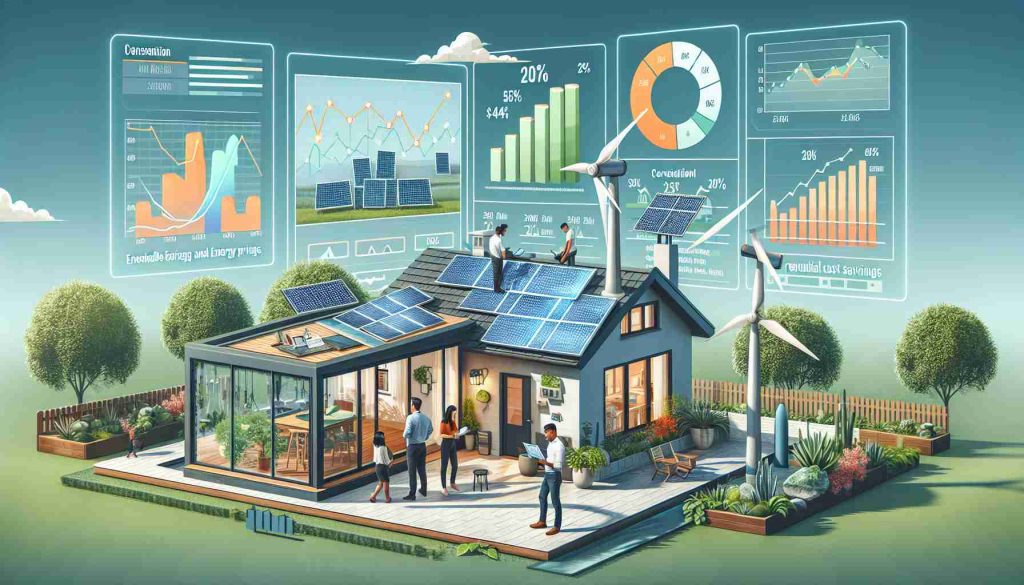A New Era in Energy Pricing
In a rapidly evolving landscape, energy pricing has taken a significant turn towards sustainability, marking a departure from previous trends. The latest data showcases a noteworthy shift in pricing strategies that cater to a more environmentally conscious consumer base.
The Fluctuating Costs of Energy Consumption
Today, on the 21st of September 2024, the average price for a kilowatt-hour stands at 0.1188 €, reflecting a dynamic market environment. Observing the fluctuations throughout the day, we note the lowest price recorded at 0.02286 €/kWh between 3:00 PM and 4:00 PM, while the highest price peaks at 0.17312 €/kWh from 9:00 PM to 10:00 PM.
Hourly Breakdown of Pricing
Delving deeper into the hourly rates, we uncover a diverse range of values that influence consumer decisions. From the early hours of the morning to the late evening, prices vary, emphasizing the importance of strategic energy consumption practices for both households and businesses alike.
This insightful analysis not only highlights the changing dynamics of energy pricing but also underscores the growing emphasis on sustainability and informed energy usage. As we navigate this new phase in energy economics, staying abreast of these developments is essential for a sustainable future.
Unveiling Additional Insights into Energy Pricing Trends for Sustainable Living
In the realm of energy pricing for sustainable living, several crucial questions arise as we delve deeper into the evolving landscape of this industry.
Key Questions:
1. How are renewable energy sources influencing pricing models?
2. What role do technological advancements play in shaping energy costs?
3. Are government policies effectively balancing affordability and sustainability in energy pricing?
4. How can consumers actively contribute to stabilizing energy prices through their usage habits?
5. What are the potential challenges associated with transitioning to sustainable energy pricing structures?
Answers and Insights:
1. Renewable energy sources, such as solar and wind power, are increasingly becoming integral to energy grids globally. Their variability can impact pricing dynamics, requiring innovative strategies for effective integration.
2. Technological advancements in smart grid systems and energy storage solutions are playing a pivotal role in optimizing energy distribution and consumption patterns, influencing pricing mechanisms.
3. Government policies aimed at promoting renewable energy adoption can introduce subsidies or penalties that directly affect energy prices, aiming to strike a balance between affordability and sustainability.
4. Consumers can contribute to stabilizing energy prices by adopting energy-efficient practices, such as utilizing appliances during off-peak hours and investing in energy-saving technologies.
5. The transition to sustainable energy pricing models may face challenges related to infrastructure upgrades, regulatory complexities, and ensuring equitable access to affordable energy for all segments of society.
Advantages and Disadvantages:
Advantages:
– Enhanced environmental sustainability through reduced reliance on fossil fuels.
– Potential cost savings in the long run as renewable energy becomes more competitive.
– Encouragement of innovation in clean energy technologies.
Disadvantages:
– Initial high costs of setting up renewable energy infrastructure.
– Grid integration challenges due to the intermittent nature of certain renewable sources.
– Potential disparities in energy pricing accessibility across different socio-economic groups.
As we navigate the complexities of energy pricing for sustainable living, staying informed about these emerging trends and challenges is crucial for fostering a more environmentally conscious and economically viable energy sector.
For further exploration on this topic, you can visit U.S. Department of Energy for comprehensive insights into energy policies and sustainable practices.










More Stories
New Legislation Imposes Fines on Airlines for Hand Luggage Charges
Expanding Renewable Energy Contracts Leads to Legal Accusations
Changes in the Tax System for Independent Workers in 2025